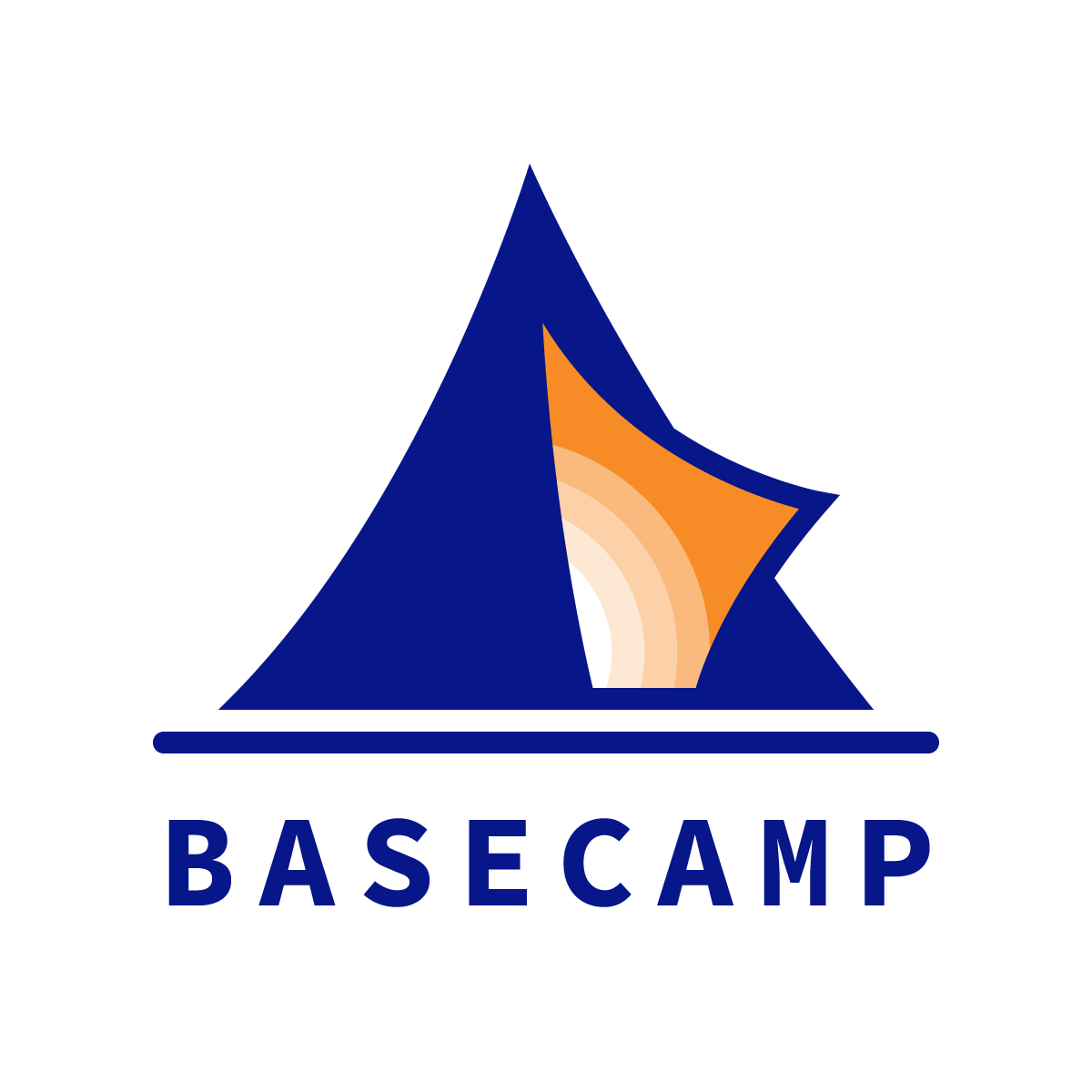Lesson 3 of 4 from a Virtual Expedition
What can we do in virtual learning environments that we can’t (easily) do in physical presence?
Among other things, we can form diverse teams of teachers to support diverse teams of learners.
But diversity doesn’t ensure inclusion, equity… or learning. For those, we need what Carissa Casey calls “Team Time.”
For Carissa, “the intentionality and flexibility” of team time allowed for “community building and collaboration.” To accomplish these goals, as our interview with the “Curiosity Files” team demonstrates, we planned for 3 months.
Paradoxically, that intense planning also allowed us to be flexible when challenges arose.
How?
The facilitators made an up front commitment to team time (“huddles”) throughout each day: before the day began, 2-3 times during the day, and after the day was done. As Carissa noted, “During those huddles, we were able to think about what we had planned, but also adjust” according to what community building or collaboration needs we were noticing.
In physical presence learning, it’s hard to get multiple teachers together in the same space at the same time. In a virtual setting, it’s easy. But just forming teams isn’t enough—if you want to build community and support collaboration, you need to invest in team time.
Like all investments, its value compounds over time.
***
Thank you for reading this post from Basecamp's blog, Ed:Future. Do you know someone who would find the Ed:Future blog worthwhile reading? Please let them know that they can subscribe here.

